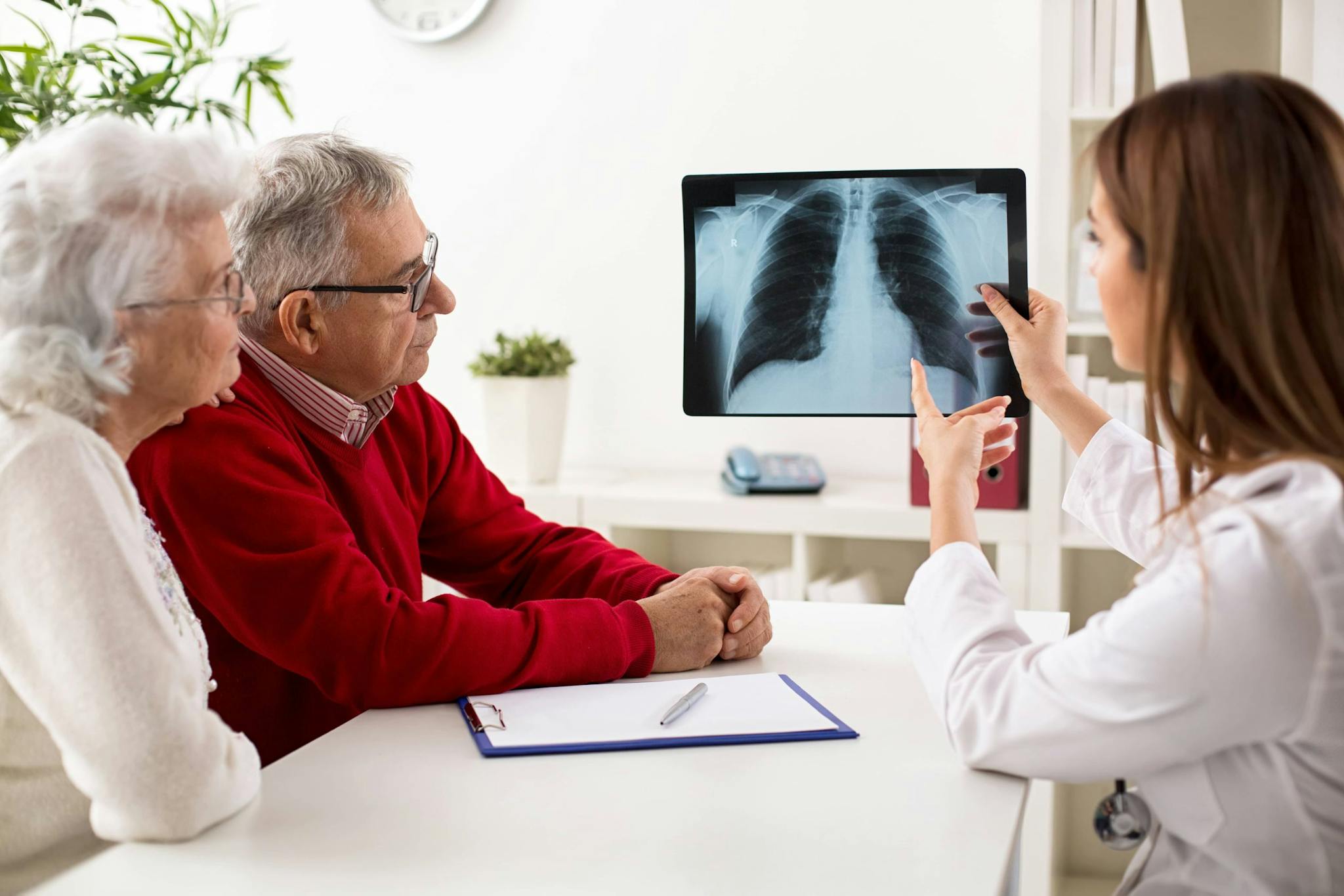
2025-03-10T14:24:39
What is Walking Pneumonia and Why are Cases Rising?
- Family Medicine
- Pulmonology
December 13, 2017 | Pulmonology
Specialties:Pulmonology (Respiratory Care)

Caused by excess fluid in the lungs, pulmonary edema is a condition in which fluid collects in the lung’s air sacs and makes it hard to breathe. Heart problems are usually the underlying cause, though fluid can accumulate for other reasons. Cases of both acute (sudden) and chronic pulmonary edema can occur, and treatment depends on the cause.
Pulmonary edema can be caused by a variety of both heart- and non-heart-related conditions. Depending on the cause, symptoms may appear suddenly or may develop over a longer period of time. Symptoms of acute pulmonary edema include:
If you develop any of these symptoms, call 911 right away. If not treated, pulmonary edema can be fatal.
Symptoms of chronic, long-term pulmonary edema may include:
In addition, pulmonary edema can develop on people who live in areas at high altitudes. Symptoms here include:
Pulmonary edema that goes untreated can increase pressure in the pulmonary artery, eventually making the heart’s right ventricle weak and causing it to start to fail. Increased pressure backs up into the right atrium of the heart and then into other areas of the body. From here, it can cause:
After a diagnosis process that may involve one or more tests, oxygen is generally the first step for treating pulmonary edema. This should help ease symptoms, and your doctor will use this time to monitor your oxygen level. You may have to go on a ventilator to help with breathing.
Other medications for treatment might include:
In cases where your pulmonary edema is caused by another condition, your doctor will treat this underlying condition.
If you’re ever climbing or traveling at high altitude and experience edema-related symptoms, descending to 2,000 to 3,000 feet should reduce these symptoms, along with reducing physical activity and keeping warm. Other treatments for altitude-related pulmonary edema include:
Pulmonary edema can’t always be prevented, but preventing cardiovascular disease can help reduce your risk. Some areas include:
If you travel or climb at high altitudes, acclimate slowly. Some climbers take prescription medications for prevention.
Your doctor can offer additional recommendations or treatment options for a pulmonary edema, whether short-term or chronic.
Sources:
“Pulmonary edema.” The Mayo Clinic. https://www.mayoclinic.org/diseases-conditions/pulmonary-edema/basics/definition/con-20022485
“Pulmonary edema.” MedlinePlus. https://medlineplus.gov/ency/article/000140.htm
WRITTEN BY:
The Live Better Team

2025-03-10T14:24:39

2024-11-06T09:40:56

2024-02-02T13:24:38

2021-11-29T16:31:04
This information is not intended to replace the advice of a medical professional. You should always consult your doctor before making decisions about your health.